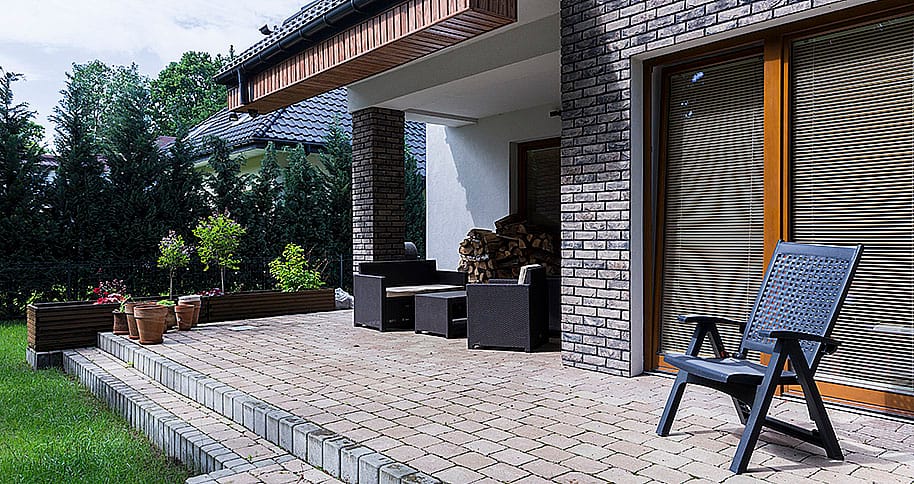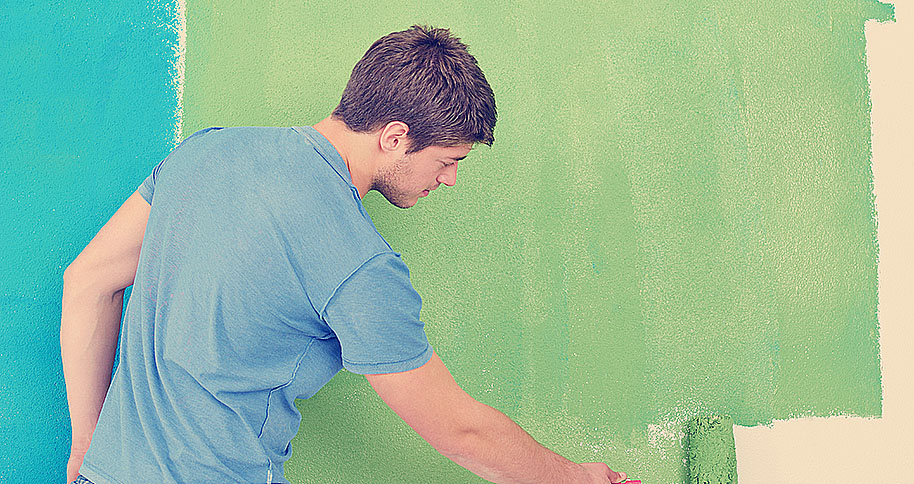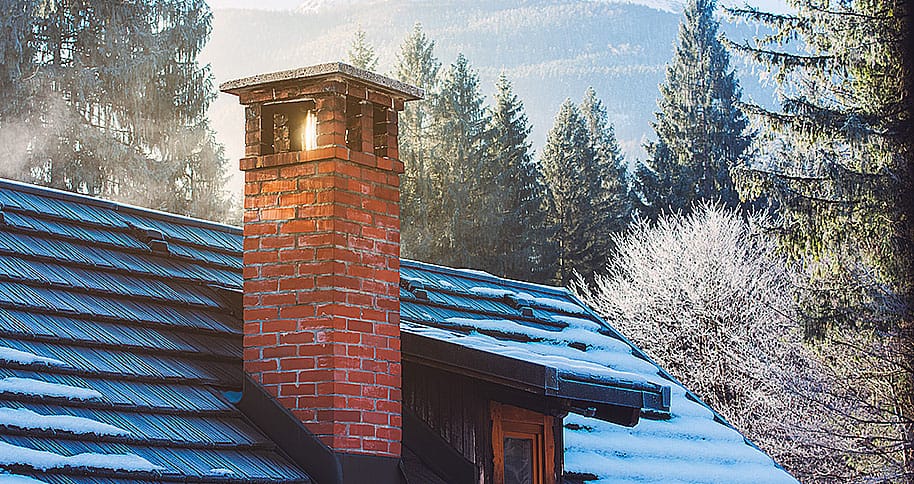The patio serves as an extension of your living space, a place where you can relax, entertain, and enjoy the outdoors. It is a vital part of the home, and as such, planning its design requires careful thought and consideration. When designed well, a patio can offer a comfortable retreat, a place for social gatherings, or a quiet spot for morning coffee or evening relaxation. The following sections explore the key factors to consider when reaching out to patio contractors to ensure a functional and aesthetically pleasing outdoor space.
Understanding the Purpose of Your Patio
The first step in planning your patio is to determine its primary purpose. Some homeowners envision an outdoor space for dining and entertaining, while others dream of a tranquil retreat for relaxation and contemplation. The purpose will guide many aspects of the design, such as the size, layout, and the type of furniture and accessories needed. For example, a patio designed for entertaining would require ample space for seating and perhaps a designated area for a grill or outdoor kitchen. On the other hand, a relaxation retreat might focus more on comfort, privacy, and elements that contribute to a serene ambiance, such as water features or lush plantings.
Selecting the Location
The location of your patio is another crucial factor. This usually depends on the layout and orientation of your house and yard, as well as the purpose of the patio. If you plan to use it for dining or entertaining, you may want to locate it near the kitchen for easy access. If it’s meant to be a secluded spot for relaxation, you might choose a more remote area of the yard.
Consideration should also be given to the amount of sunlight the area receives. If your patio is exposed to harsh midday sun, you might need to include shade structures in your design, such as pergolas, canopies, or umbrellas. If the area is too shady, you might consider incorporating outdoor heating options or ensuring that there’s enough space for portable heaters for cooler days and nights.
Considering the Size and Layout
The size and layout of your patio should be proportional to the size of your house and yard. It should also accommodate its intended function. For instance, if your patio is intended for entertaining large groups, it needs to be spacious enough to comfortably accommodate furniture, walking space, and the guests themselves.
The layout should consider the flow of movement. There should be clear and easy paths to navigate between the house and the patio, as well as within the patio area itself. The placement of furniture and accessories should facilitate conversation and interaction, while also allowing for private, comfortable spaces.
Selecting Materials and Aesthetics
The choice of materials for your patio should not only fit your aesthetic preferences but should also be practical. Durability, maintenance requirements, and compatibility with the local climate are all important considerations. For example, natural stone or concrete is long-lasting and low-maintenance, making it suitable for a variety of climates. On the other hand, wood creates a warm and inviting ambiance but requires more maintenance.
The aesthetic of your patio should ideally complement the architectural style of your home and the surrounding landscape. Whether you choose a modern, minimalist look, a rustic, natural style, or something in between, consistency in design can create a harmonious look and feel.
Taking into Account the Climate and Environmental Factors
The local climate and environmental factors can significantly influence the planning and design of your patio. For instance, if your home is situated in a windy area, incorporating windbreaks such as walls, fences, or dense plantings into your design might be necessary. If you live in a region prone to heavy rainfall or snow, considering a covered patio or one with adequate drainage would be beneficial to prevent water accumulation.
The amount of sunlight your patio receives is another important environmental factor. As mentioned earlier, if the area is exposed to harsh sun, installing shading options would be beneficial. Conversely, for shady patios, you might consider features that can provide warmth, like a fire pit or an outdoor heater.
Ensuring Privacy and Comfort
While the openness of an outdoor space can be one of its major appeals, privacy is a crucial aspect for many homeowners. Designing your patio with privacy in mind can transform it into a tranquil retreat. Fences, lattices, screens, or strategic plantings can all be used to create a sense of seclusion without compromising on aesthetics. Your outdoor kitchen contractors Long Island can help you add privacy in your outdoor kitchen.
Comfort should be at the forefront of your patio design. This encompasses everything from choosing comfortable furniture to ensuring adequate lighting for evenings. Pay attention to the small details that can elevate the comfort level of your patio — consider plush cushions for seating, ambient lighting for a cozy atmosphere, and possibly even outdoor rugs to add warmth and style.
Incorporating Greenery and Nature
Incorporating greenery into your patio design can add life, color, and a sense of tranquility to your outdoor space. Potted plants, hanging baskets, or bordering flower beds can all contribute to the overall aesthetic and atmosphere. The choice of plants can depend on the amount of sunlight the patio receives, the local climate, and the amount of maintenance you’re willing to commit to. If you’re looking for a low-maintenance option, consider using native plants that are adapted to your local environment.
Including nature in your patio isn’t limited to natural plants. Other natural elements, such as water features, can also create a serene ambiance. A small fountain or a koi pond can provide the soothing sound of running water, enhancing the relaxation potential of your patio.
Future-proofing Your Patio
When designing your patio, think long-term. Your needs and preferences may evolve over time, and the patio design should be able to accommodate these changes. Future-proofing your patio can involve several aspects. For instance, if you think you might want to add a hot tub or an outdoor kitchen in the future, planning the space and utilities now can save time and money later. Using high-quality, durable materials can also ensure your patio stands the test of time and continues to be a valuable addition to your home.
Conclusion
Planning your patio is an exciting opportunity to extend your living space outdoors and create a functional and inviting area that meets your unique needs and lifestyle. By considering the purpose, location, size, layout, and materials, you can design a patio that not only adds value to your home. For this purpose, do not hesitate to talk to good patio builders Long Island. As you embark on this creative journey, remember that the ultimate goal is to create an outdoor space where you and your loved ones can enjoy and make lasting memories.


